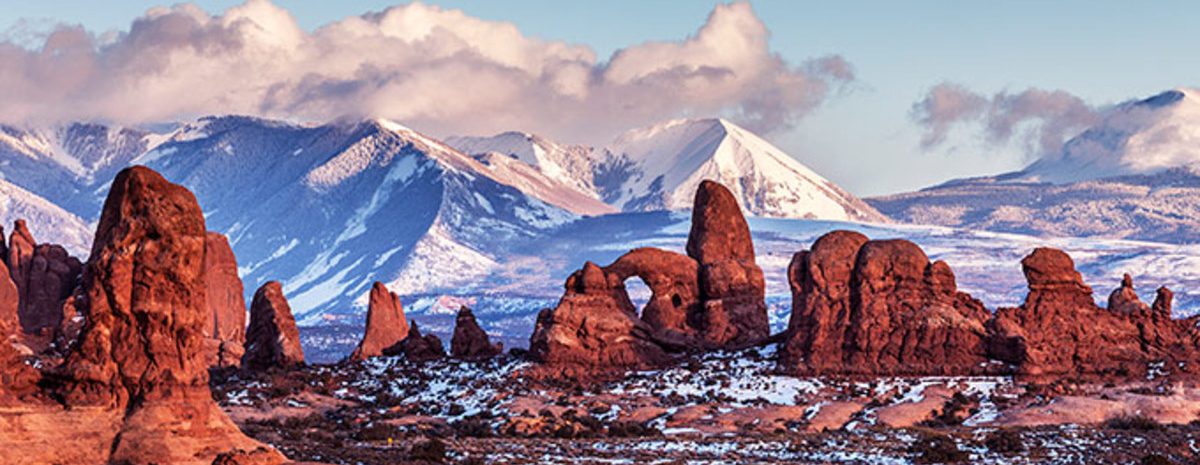News Release
Travel and tourism industry supports 141,500 Utah jobs, according to new report
September 18, 2020 (Salt Lake City) – Travelers to Utah spent a record $10.06 billion in the state in 2019 and generated an estimated $1.34 billion in total state and local tax revenue, according to a recent study completed by the Kem C. Gardner Policy Institute. Approximately 1 in 11 Utah jobs is now supported by visitor spending, either directly or indirectly.
“Before the COVID-19 pandemic, Utah experienced record-level visitor spending for the ninth consecutive year,” said Jennifer Leaver, senior tourism analyst at the Gardner Policy Institute. “While national park and monument visitation held strong in 2019, state park visitation increased notably, particularly in Washington County. Gunlock, Snow Canyon, Sand Hollow, and Quail Creek recorded significant year-over-year visitation increases—over 360,000 additional combined visits.”
Key points from the 2019 report include the following:
- Spending – visitors directly spent a record $10.06 billion in the Utah economy, a 3.3% year-over-year increase.
- Jobs – Utah’s travel and tourism industry accounted for an estimated 141,500 total jobs, a 4.0% year-over-year increase. Approximately 1 in 11 Utah jobs is supported by visitor spending, either directly or indirectly.
- Wages – private travel and tourism-related employment sectors experienced healthy year-over-year wage increases. Private leisure and hospitality sector wages increased 7.6%, while private air transportation wages increased 14.0%.
- Tax Revenue – the $10.06 billion in direct visitor spending generated an estimated $1.34 billion in total tax revenue, a 4.9% year-over-year increase.
- Accommodations – taxable sales in the accommodation sector neared $2.2 billion, a 5.2% year-over-year increase; however, average statewide hotel occupancy rates and daily room rates remained flat for the second year in a row.
- Visitation – while Utah’s 2019 national park visitation inched above 2018 counts, Utah’s state park visits increased 10.6% between fiscal year 2018 and 2019. Despite the COVID-19 pandemic’s impact on the 2019-2020 ski season, it still ranked fourth for number of skier days and second for skier/snowboarder spending.
The full report and tri-fold summary are now available online.

